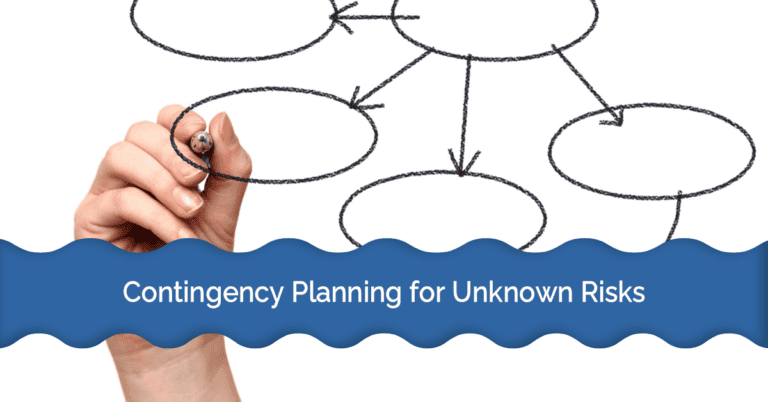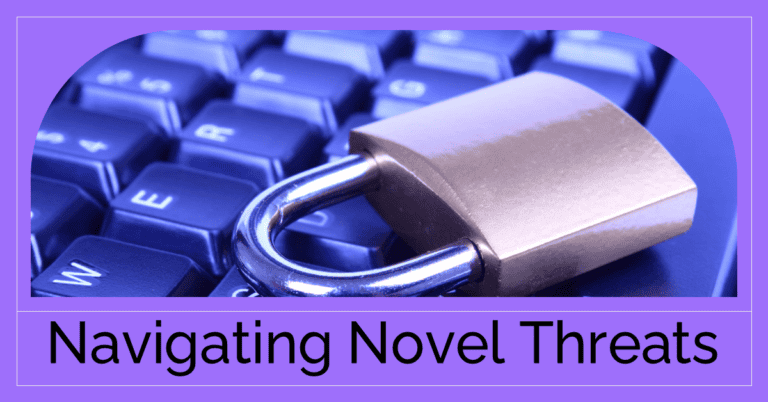As today’s digital threats grow in range and severity, businesses will need a multi-faceted approach to manage cybersecurity risk, one encompassing technology but that crosses into human judgement as well through an organisational culture that is on-guard, ongoing risk assessments, employee training and capabilities to recover from a breach.
As such, a comprehensive cybersecurity policy establishes a rigorous framework for preventative defence, defining guidelines for data protection, user accessibility, and threat detection. By setting strict policies and adhering to established international security standards, organisations can create a fail-safe for securing their digital nerve.
However, human error remains the biggest weakness of cyber defence. Regular and interactive training programmes prepare the employees to detect malicious intentions, understand the seriousness of maintaining security procedures and how to respond to suspicious activity adequately.
Sustaining that awareness depends on a continuous, not just a one-off, programme of reinforcing it, from regular briefings of current vulnerabilities, through systems of reporting suspect activity and rewards for detailed compliance with cybersecurity policies, to a culture in which all employees feel trusted to spot and neutralise a security threat. In this way, as one metaphor puts it, ‘every employee becomes part of the Cyber Defence eagle’.
This is true of the cyber-space threat landscape, which changes regularly, so risk assessments should also be frequent. The periodic review of the adequacy of existing security controls in mitigating cyber threats and identifying potentially exploitable vulnerabilities allows an organisation to modify its approach while the emerging threats remain minor. At the outset, this will significantly reduce the probability of any future breach.
Investing in the latest information-security technologies, such as up-to-date encryption, intrusion detection systems and AI-based malware analysis tools, allows them to protect their networks from the most advanced cyber-attacks. Staying up-to-date with the latest security innovations ensures that an organisation can detect and prevent the latest or most advanced threats, improving its cyber-security.
Even the most robust efforts to prevent them fail sometimes. A thought-through incident response plan maps out the first steps after a breach is detected, such as limiting the damage, reinforcing security, and reassuring stakeholders. Periodic drills and continuous updates ensure the organisation is always ready to act quickly and decisively.

Final Thoughts
When you have a strong cybersecurity policy, well-trained people, a corresponding culture, regular risk assessments, the right technology, and a good incident response plan shared as organisational common sense, you have a significant advantage when facing the adversaries of today’s hybrid war of information. Customers, suppliers and employees trust the organisation even more.






